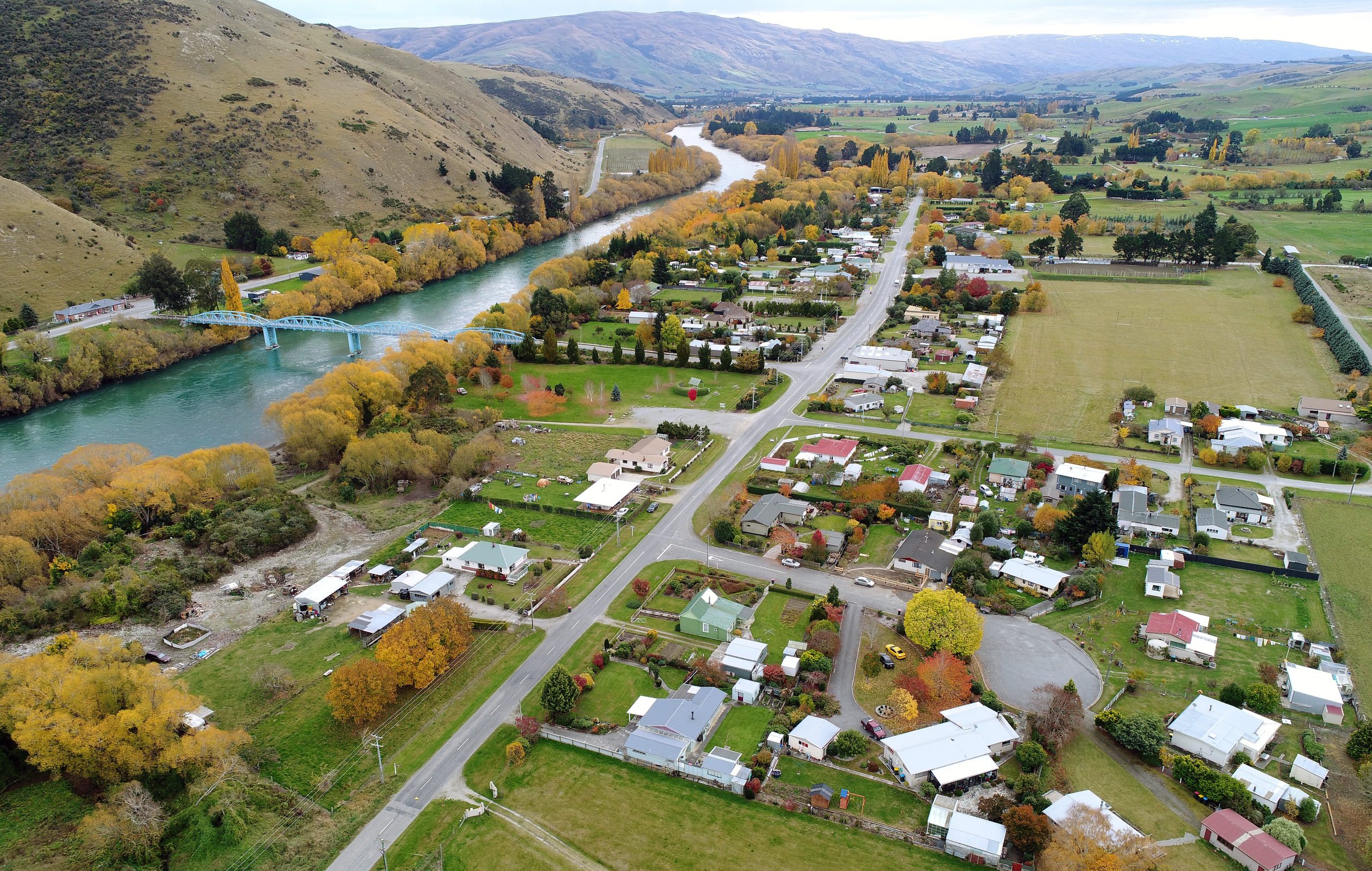Social impacts of the proposed Lake Onslow pumped hydro scheme would ‘‘test the capacity of the area through the need to manage local and regional social effect’’, a new report suggests.
An interim assessment of the project’s social impacts, prepared for the Ministry for Business, Innovation and Employment, shines a light on the human, cultural and community cost of the proposed $16 billion project.
Every stage of the project, from initial investigations and feasibility analysis — which were under way in the Teviot Valley — through to project planning and approval, then the resulting construction and operation, would likely have an impact on the social fabric of the community.
The region’s past experience with construction of major hydro›electricity facilities meant it was important for the communities impacted to be able to engage with project planning.
Issues with community engagement in the early stages of the Lake Onslow project identification and feasibility planning had left ‘‘some disillusionment’’.
Subsequent community consultation emphasised the rights of the affected people to know what was happening well in advance of information becoming known in the media — or, worse, through hearsay, via which messages tended to become distorted, further compounding anxiety and stress, the report said.
Farmers around Lake Onslow were already experiencing disruption to their farm operations and stock movements, as well as the use of local roads during technical investigations.
The feasibility phase had already created ‘‘significant uncertainty and stress’’ for a group of farmers, farm workers and their families living in the Teviot Valley and Maniototo.
That uncertainty was disruptive, not only for farm planning, but for future decisions around retirement and farm succession, the report said.
The stress caused tensions that were ‘‘drawing on the resilience of families and the community to cope’’.
Farmers would also be directly affected if the project did proceed, and concern surrounded the possible loss of farm land to a larger lake and any effects on irrigation, potable water and current small›scale energy production.
The report said potential negative social impacts would follow from any loss of wetlands, ecological values, recreational activity, holiday huts and public access from an expanded lake and associated infrastructure.
An influx of construction workers and their dependants could result in ‘‘negative social impact’’ affecting housing, social services and social cohesion.
Compensation for the stress and disruption caused by the project could include a ‘‘substantial yearly income stream’’ for the Teviot Valley community.
Positively, the report noted the construction phase had potential benefits from training and recruiting resident and iwi workers, along with a labour market strategy that looked to optimise employment in the construction sector and reduce cross›sector competition for workers.
There were also potential benefits and flow›on effects to the local economy, with opportunities for providers of short›term accommodation and for additional permanent housing in nearby towns consistent with spatial planning.
Temporary worker accommodation could also be reused in other sectors such as for seasonal workers and visitors.
Due to the large›scale scope of the development and its ‘‘significant potential social effect’’ it was recommended a social impact management plan be included alongside the usual environmental management plans.
The plan should include all necessary strategies and actions to reduce, mitigate or remedy negative social impacts and enhance positive ones in construction and operation of the project, the report said.





